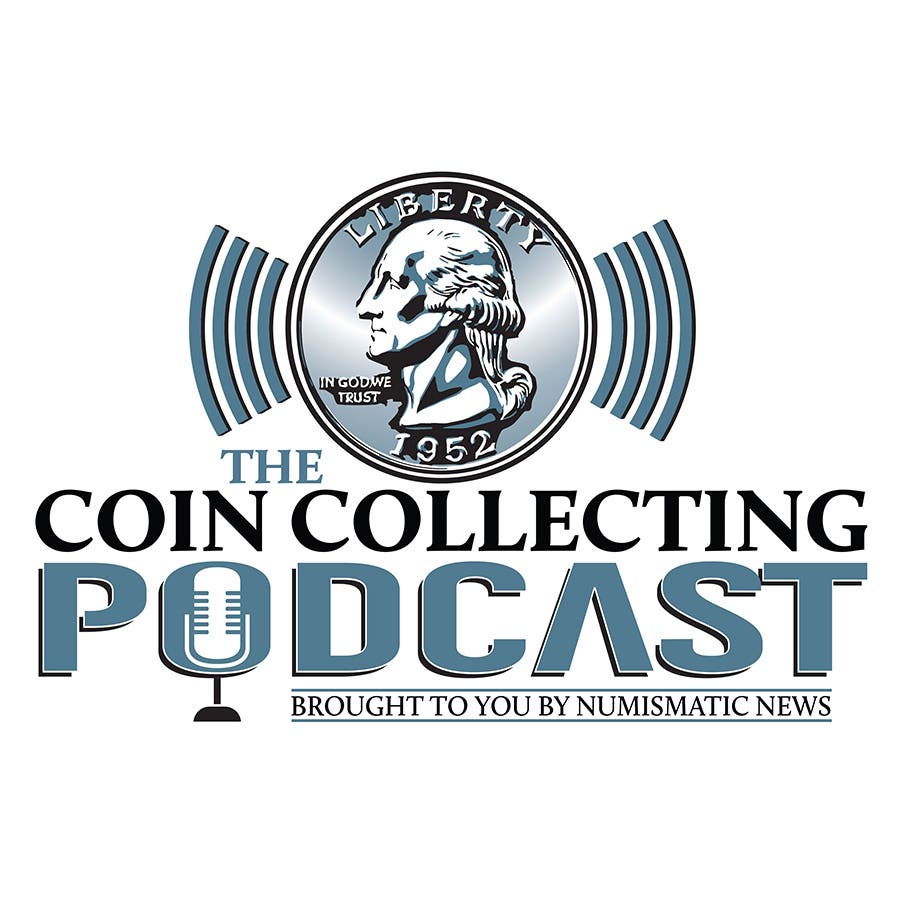Cent hoarding led to
Didn’t you once predict that we would get “something worse” than the aluminum cent?
Didn’t you once predict that we would get “something worse” than the aluminum cent?
During the 1974 coin shortage I predicted in a column that if the public continued to hoard cents, you would “wind up with messy aluminum – or worse – in your pocket.” My crystal ball wasn’t sharp enough to predict the composition of the copper-plated zinc cent, but “worse” fits.
How long have we had the general verbal grade classifications: Good, Very Good, Fine, Very Fine, etc?
The verbal grade classifications are well over a century old, and most of the basic verbal grades were pretty well established by the 1880s. The current numeric grades were introduced in the early 1980s.
Please give me all the details on the Washington quarters struck for circulation between 1956 and 1964 and in some later years with proof dies?
The writer apparently has been looking for proof quality circulation strikes, but there’s a key phrase missing. The dies were made with hubs intended for proof coins, but they were never processed or polished as proof dies and the coins were only struck once. The key markers for the proof dies are a separated “E S” in “STATES,” and the leaf next to the arrow heads extends above the top arrow point. On the circulation dies, the “ES” is joined and the leaf just reaches the top arrow point. Herbert Hicks is credited with doing extensive work on these two reverses, as well as a third used only on the 1964 silver quarters.
I have two coins with the same minting variety, purchased from two different (reputable) sources, but with completely different descriptions. How is this possible?
Minting variety “language” is just one area of the hobby where such problems occur. We are a long way from any language standards for the hobby. Ask a dozen experts to describe a coin and you are likely to get 12 different answers.
I thought newspapers and magazines got preferential treatment from the Post Office?
Back when the Post office was established, the purpose was to provide speedy mail delivery, and since newspapers and magazines were the only news media of the day, they did get cheap rates. Today, even though we provide specialized information not available from other media, the argument is that publication postage is “subsidized” by first class mail users. You the reader wind up paying higher subscription rates, simply because postage rates for our publications (and others) have risen astronomically.
Is it true that there is a $20 gold piece known that was struck on a cent planchet?
The late Maurice Gould once owned such a coin. To the best of my knowledge it is unique, and I have no idea where it is at the present time.
Address questions to Coin Clinic, Numismatic News, 700 E. State St., Iola, WI 54990. Because of space limitations, we are unable to publish all questions. Include a loose 44-cent stamp for reply. Write first for specific mailing instructions before submitting numismatic material. We cannot accept unsolicited items. E-mail inquiries should be sent to Answerman2@aol.com.









